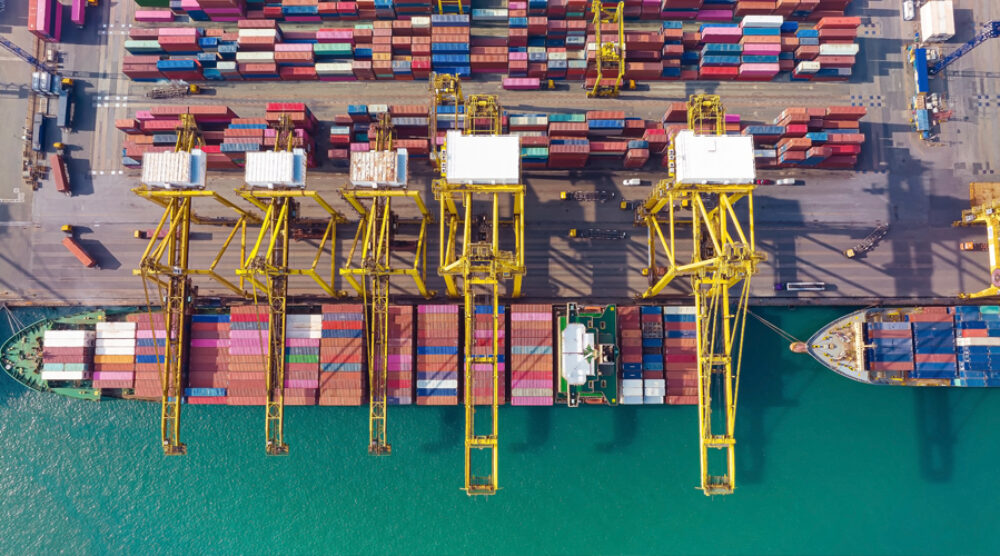SHINO WATANABE |
The rise of the minilateral framework has been a defining characteristic of multilateralism in the Indo-Pacific in recent years. The Quadrilateral Security Dialogue (QUAD) consisting of Australia, India, Japan, and the United States, and the trilateral security partnership among Australia, the United Kingdom, and the United States (AUKUS) are prime examples of minilaterals.
While it’s too early to tell how AUKUS will evolve, the QUAD presents as a more substantial endeavour. And yet it faces serious challenge in the years ahead not least because India holds different positions on essential issues from the other three countries. As QUAD leaders prepare to meet in Japan tomorrow, thought should be given to how they might narrow the gap. It won’t be easy, but it is critical to turn QUAD into a full-fledged cooperation mechanism. Bringing greater focus to initiatives like the Supply Chain Resilience Initiative (SCRI) proposed by Japan offers a pathway for underpinning ongoing cooperation.
The four countries share democratic values. India participated in the Biden administration’s Summit for Democracy in December 2021. However, significant differences in positioning have come into sharp relief in recent months. India abstained from voting on a United Nations (UN) Security Council resolution that opposed Russian aggression against Ukraine, along with China and the United Arab Emirates in February this year. In March India then abstained from voting on a UN General Assembly resolution that condemned Russia’s invasion of Ukraine and demanded an immediate withdrawal of Russian forces. India will unlikely risk harming its relations with Russia which have provided about 65 per cent of weapons India has purchased from 1950 to 2020.
On the economic front, India declined to participate in the Regional Comprehensive Economic Partnership (RCEP) at the last moment in December 2019. Moreover, India has expanded its oil imports from Russia despite Western economic sanctions against the nation. India’s dependence on imported oil is around 75 per cent, and its major oil suppliers have been Iraq, Saudi Arabia, Iran, Venezuela, Nigeria, and United Arab Emirates. While Russia is not one of the major exporters of oil to India, India’s increasing oil imports from Russia contradicts economic sanctions by other QUAD members.
Strengthening supply chain resilience has been one of the top priorities for many countries amid the COVID-19 pandemic. Russia’s invasion of Ukraine in February 2022 and the series of economic sanctions against Russia revealed the significance of securing a stable energy supply and diversifying supply chains. This provides a unique opportunity for Australia, India, and Japan to boost cooperation by using the Supply Chain Resilience Initiative (SCRI).
The SCRI was launched at a virtual trilateral meeting on September 1, 2020, as an initiative of the Japanese government. The framework aims to strengthen trilateral cooperation due to their complementary economies. In addition, Japan and India can reduce their dependence on energy resources from Russia by expanding trade with Australia.
Russia accounted for only 1.3 per cent of Japan’s total trade in 2020 but has been one of the most important suppliers of energy resources for Japan. According to the UN Comtrade database, in 2021 Russia was the third largest exporter of coal with a share of 9.7 per cent and the fifth largest exporter of LNG with a share of 8.7 per cent to Japan. If Japan were to immediately cut trade with Russia, there would be significant economic impacts for the foreseeable future.
Japan imports natural gas, coal, iron ore, and beef from Australia. Japan’s exports to Australia include automobiles, refined oil, and civil engineering machinery. According to the UN Comtrade database, in 2020 Australia was the top provider of coal with the dominant share of 64.1 per cent and of natural gas with 36.1 per cent for Japan. According to Japan Customs data, Australia was the sixth largest trading partner for Japan in 2020, but it accounted for only 3.8 per cent of Japan’s total trade.
As for India, Japan imports organic compounds, volatile oils, seafood, diamonds, among others, and exports general machinery, electrical equipment, chemical-related products, and copper. India accounted for only 1.1 per cent of Japan’s total trade in 2020. Japan ranked 19th with only 1.5 per cent in India’s export and 11th with 2.8 per cent in India’s imports in 2020. This data suggests that Japan has much room to expand its trade with Australia and India, securing its stable energy supply.
Meanwhile, India was the seventh largest trading partner for Australia in 2020. Australia exports coal, liquefied natural gas, and alumina to India. Australia’s major imports from India include refined petroleum products, pharmaceuticals, and jewelry such as diamonds and gold. In contrast, Australia is ranked 24th with 1.3 per cent in India’s export and 15th with 2.0 per cent in India’s imports.
In essence, enhancing trade and investment among Australia, India, and Japan will strengthen supply chain resilience amid the COVID-19 pandemic and Russia’s invasion of Ukraine. At the same time, it will be a realistic way to engage with India economically until it seeks to join RCEP in the future. Tomorrow’s meeting of QUAD leaders offers the best chance to move the SCRI forward as a positive for QUAD cooperation.
Shino Winatabe is Associate Professor, Faculty of Global Studies, at Sophia University, Tokyo.








